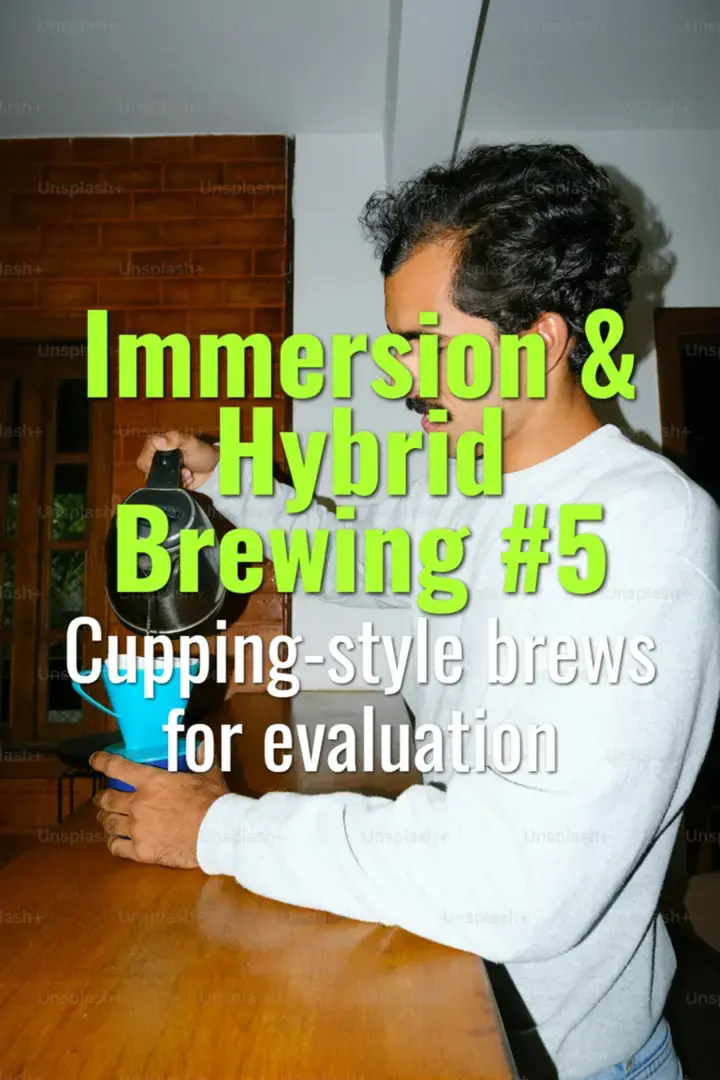Cupping-style brews for evaluation
How cupping-style immersion brews are used to evaluate coffee quality, consistency, and defects in a standardized way.
- Coffee Basics Nerds
- 1 min read

Cupping-Style Brews
-
Purpose:
-
Industry-standard method for evaluating green coffee, roast profiles, and finished product quality.
-
Focuses on sensory analysis rather than convenience of drinking.
-
Setup:
-
Standard ratio: 8.25 g coffee per 150 ml water.
-
Grind: medium-coarse, consistent but not overly fine.
-
Water temperature: 93 °C (200 °F).
-
Brewing Process:
- Place ground coffee in cupping bowls.
- Pour water directly over grounds, filling to rim.
- Steep undisturbed for 4 minutes.
- Break the crust with a spoon, inhaling aroma.
- Skim foam and floating grounds.
- Begin tasting after cooling slightly.
-
Evaluation Parameters:
-
Fragrance/aroma, flavor, aftertaste, acidity, body, balance, sweetness, uniformity, clean cup, overall impression.
-
Defects noted as taints (slight) or faults (severe).
-
Flavor Profile:
-
Provides a direct, unfiltered look at coffee character.
-
Allows clear detection of both positive attributes and flaws.
-
Advantages:
-
Simple, replicable, and globally standardized.
-
Facilitates comparison of multiple coffees side by side.
-
Essential for green coffee buying, QC, and training.
-
Practical Notes:
-
Not designed for everyday drinking—grounds remain in the cup.
-
Consistency in water, grind, and protocol is critical for comparability.
Summary
Cupping-style brews are a cornerstone of coffee evaluation. By using a standardized immersion method, they allow producers, buyers, and roasters to objectively assess flavor, quality, and defects across different coffees.
You might also like:
- Tags:
- Green Coffee
- Flavor Profile
- Ground Coffee
- Acidity Body
- Water Temperature
- Roast Profiles
- Aroma Flavor
- Ratio Coffee
- Producers Buyers
- Medium Coarse
- Clean Cup
- Body Balance
- Practical Notes
- Balance Sweetness
- Break Crust
- Flavor Quality
- Flavor Aftertaste
- Fragrance Aroma
- Advantages Simple
- Brewing Process